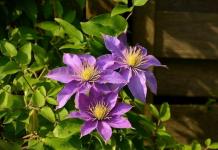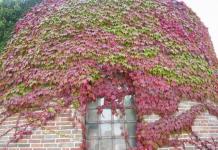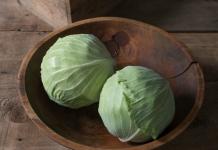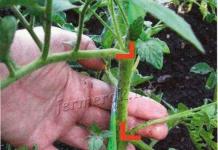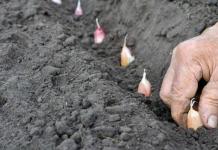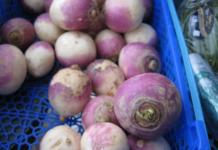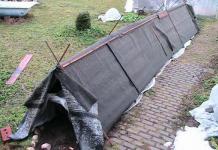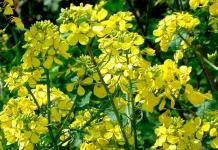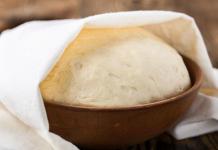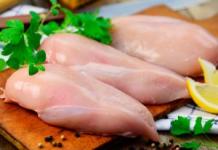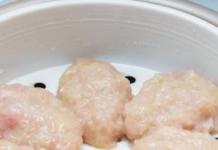Probably, many gardeners thought about what the farmers in Russia ate and grew before the appearance of potatoes? It is not difficult to answer this question, remembering the old Russian tale about the turnip: "Grandfather planted the turnip ...". Yes, it was the cultivation of turnips until the end of the 17th century that was as popular as potatoes today. This healthy vegetable was certainly included in the human diet. Turnips were eaten raw, steamed, baked, stewed and stewed. Turnips were on the table all year round.
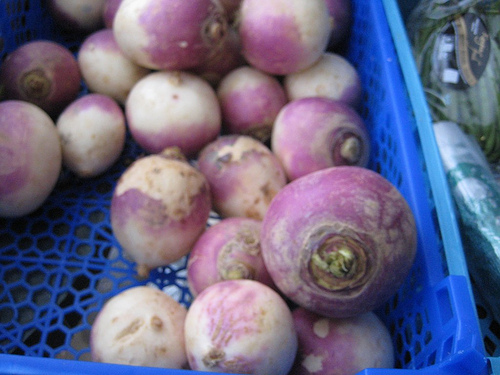
In our article, you will learn how to grow a turnip.
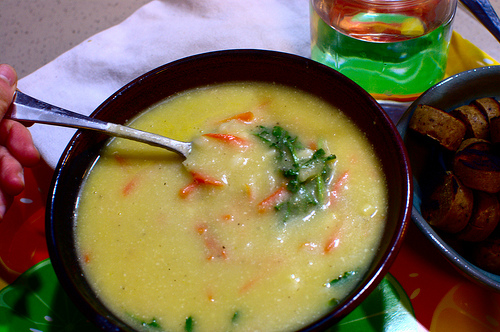
Turnip is a biennial plant. In the first year, it forms a root crop, crowned with a rosette of leaves, and in the second, flowers and seeds. As a rule, a root vegetable is used for food, but recently, the leaf rosette has been often used as salad greens. Thanks to the efforts of breeders, to date, many varieties of turnips have been bred, differing in appearance, taste, and ripening times. The turnip root crop is round, oval, flat-round and elongated. The leaf rosette in salad varieties, unlike traditional root varieties, is not pubescent at all and has a pleasant taste.
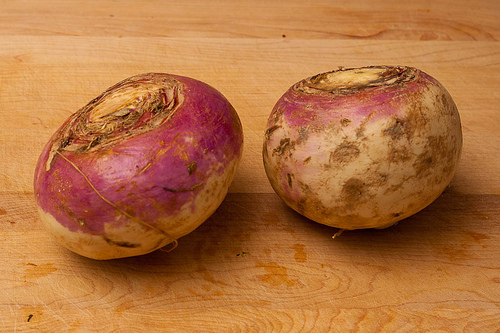
Turnip is a rather unpretentious, frost-resistant plant. Due to the fast ripening time, you can get two harvests per year - summer and autumn. For the summer harvest there are such varieties as Zelenogolovaya, Maiskaya Zheltaya, Belaya Nochka, Petrovskaya-1, Milanskaya Belaya Krasnogolovaya. For an autumn harvest intended for long-term storage, such varieties are suitable - "Namangan", "Luna", "Orbita". The salad varieties include the so-called kakabu varieties - "Geisha", "Snegurochka", "Snowball".
Despite the well-known saying - “easier than a steamed turnip”, this vegetable will not seem simple to beginners. Even if you study a bunch of literature on how to grow turnips, the first harvest may still not bring the desired satisfaction - turnips will not form a root crop of the correct shape, and they will not delight you with taste. Such a result may be in the only case - improper soil preparation for turnips.
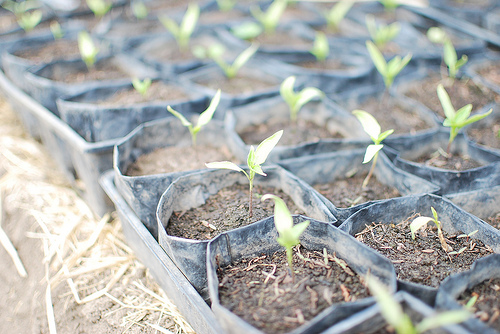
It is very important not to plant turnips in the area where cruciferous vegetables were previously grown - cabbage, radish, radish. Potatoes, zucchini, cucumbers, and tomatoes are considered excellent predecessors of turnips. You can include turnips in the crop rotation after carrots, beets, cabbage salads. But the turnip harvest will be unsurpassed if it is grown on treated virgin soil.
It is necessary in the fall to dig up a site for turnips and bring humus with sand or sawdust of fruit trees into the loamy soil, and only humus into the sandy soil. It is brought in at the rate of 8 kg (bucket) per 1 sq. meter, sand or sawdust - 5 kg (half a bucket) per 1 sq. meter. If there is no humus, then manure can be applied at the rate of 5 kg per 1 sq. meter of soil together with lime (500 grams per 1 square meter). Otherwise, you can apply mineral fertilizers per 1 sq. meter
- 20 gr. urea
- 40 gr. superphosphate
- 20 gr. potassium chloride
To prevent the invasion of a cruciferous flea, it is necessary in the spring, while loosening the soil before sowing seeds, to add ash to the soil at the rate of 300 gr. for 1 sq. meter.
Turnip is a cold-resistant crop that can withstand short-term frosts on the soil surface up to - 2 C, but you should not sow seeds early - "frozen" plants will form a peduncle, not a root crop. Therefore, sowing seeds for the summer harvest should be at the end of April. As a rule, turnips are sown in a row method - after 30 cm, parallel grooves are made with a depth of 2 - 3 cm and seeds are sown in them at a distance of 12 - 15 cm. Turnip seeds are very small, therefore, when sowing, you can mix them with sand. After 6 - 8 days, the first shoots will appear, and after 14 days, excess plants should be removed.
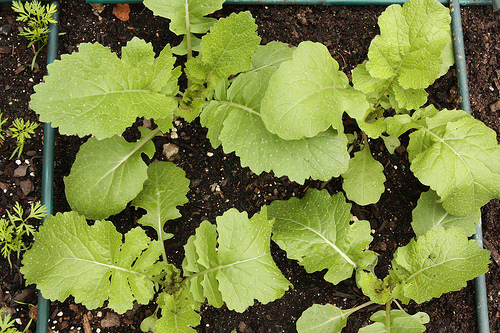
The summer sowing of turnips (at the beginning of July) for the autumn harvest is done in the same way.
Turnip care
Watering
Good quality root vegetables and turnip greens can be obtained only with sufficient watering. Young plants and salad varieties are especially demanding for watering, which should be watered with 10 liters. water per 1 sq. meter 2 times a week, taking into account natural precipitation.
Loosening
During the formation of the root crop, special attention should be paid to loosening the soil - the harder the earthen lump in which the turnip grows, the higher the probability of getting a small deformed root crop. Loosening should be done 10 - 12 hours after watering or rain.
Turnip is a plant of long daylight hours, and therefore even minimal shading will affect the quality of the crop - the greens will become tough and acquire a bitter taste, and the root crop will lose its inherent density and become flabby. Therefore, when choosing a place for sowing turnips, it is necessary to take into account the fact that neighboring plants will shade the crops with a blossoming crown. This also applies to the crops of turnips themselves - do not delay the removal of unwanted shoots. Picking is a kind of stress for the plants remaining in the garden, so this procedure should be carried out in the evening, 2 hours after watering - unnecessary seedlings are easily removed, and the remaining plants will quickly get stronger overnight in moist soil.
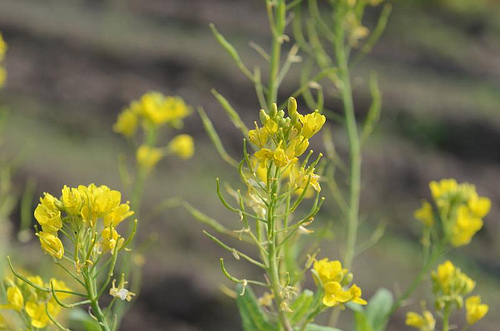
Fertilizer
If organic or mineral fertilizers are introduced into the soil before sowing, then the plant does not need additional feeding during the growing season. Otherwise, the first feeding is carried out after the pick, the next one - after a month. The best fertilizer for turnips is considered to be a solution of slurry with water (1:10), or a solution of ammonium nitrate (10 grams per 10 liters of water).
Pests and diseases
As a rule, all representatives of cruciferous plants are pursued by keels - a kind of tumor thickening on a root crop caused by the pathogen Plasmodiophora brassicae. The fight against such a disease does not bring results - if symptoms arise, which are expressed in the seemingly unreasonable wilting of the plant and the formation of growths on the roots, then all plants should be removed from the soil and destroyed. This disease can be prevented by observing the correct crop rotation - do not plant representatives of the cruciferous family in one place one after another.
Another trouble haunts the turnip - the cruciferous flea. Flocks of gluttonous insects are capable of completely destroying the leaf rosette of turnip leaves for 3 days, which will lead to the death of the plant. It is easy to deal with a cruciferous flea, the main thing is to notice many small holes on the turnip leaves during the time. You can scare off the cruciferous flea beetle with the help of ash or tobacco dust, scattered directly on the plants. You can destroy the pest with the help of insecticides specially designed for this, for example, Aktara or VDG.
Turnip ripens unevenly, this makes it possible in the summer to always have a fresh tasty vegetable on the table. Collect turnip leaves as they ripen, that is, reach 10 cm in length. Turnip roots are also collected selectively, choosing those that rise 1 - 2 cm above the soil.
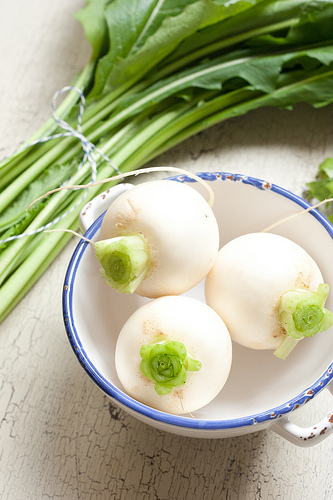
For winter storage, turnips are harvested before the threat of frost - at the end of September. Root crops are freed from tops, the soil is removed, dried and stored in containers with sand at a temperature of 2 - 3 C.


